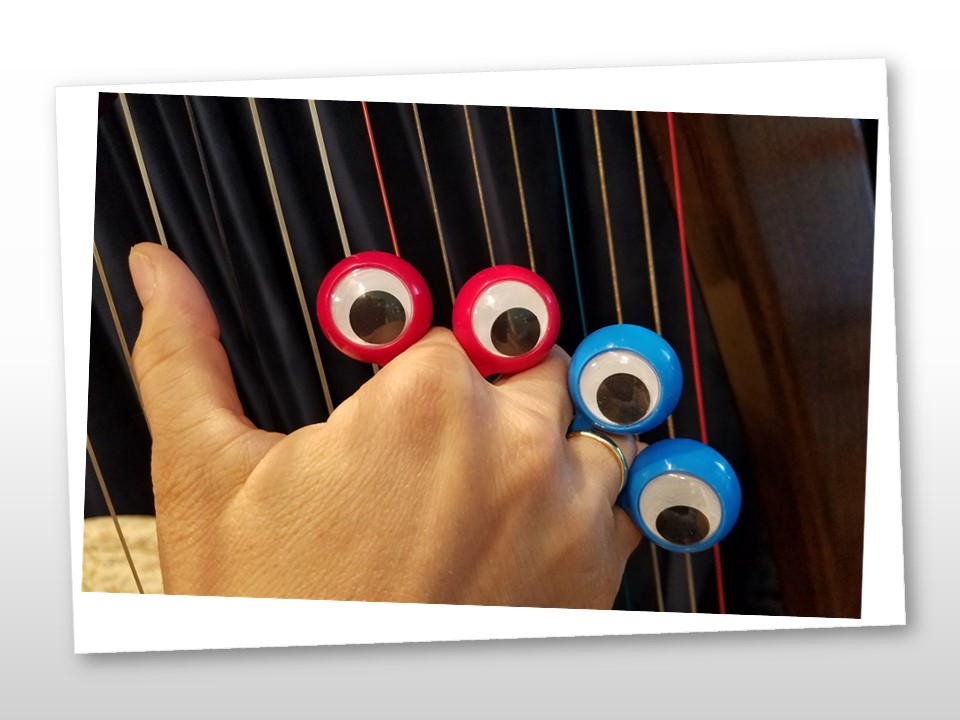I’m sure that your teacher has exhorted you to work on your technique. I have too. And hopefully, you too, urge yourself to work on developing, strengthening, and enhancing your technique.
I know I have, on many occasions over the last few years (ok, way more than a few). And we all know that technique is central to playing. It is essential to growing and developing as a player. And while you might see a brilliant musician play with less than exemplary technique, those tend to be rarer than not. While you might aspire to play like that person – you could just smarten up your technique – so you don’t have to work so hard to pull it off!
So, I’m sure we are agreed – Technique is important!

Technique is important – but you have to watch carefully that you make music!
I’m not going to debate that.
However….
Technique is not where we make music!
W – H – A – T?!?!?
You read that right – and I mean it! Technique is not where you make music. Technique is the hard work you do so that your ability to play becomes effortless. It is a tool – a means to an end.
I once saw a video of a cellist making an A440*. There he sat, tuner on the floor just below the cello, playing an A over and over – watching the needle on the tuner, working (very hard) to make an A accurately, consistently, repeatedly. [Note: this video also made me so grateful to play the harp where we set and forget (sort of) our tuning. I’m delighted that the pitch part of the intonation is not part of the deal!]
By the end of the video, it was clear that the work on technique had helped to play better. But it was also clear that it was not music. It was carefully executed sound.
Because music isn’t just sound (yes, I know you already know that, but it bears repeating). It has been said that the music actually happens in between the notes.
What?!
Music is not just the notes. It is not just putting noise into the air. Music includes putting in the silences, the spaces in between. It also includes adding the breathing, the inflections, the dynamics, the pulse, the tempo. It includes all the shading, highlighting, and storytelling you can get in there!
Of course, you can see that your good technique will make it easier for you to do all those things. Technique is necessary but not sufficient to achieve making music. I’m sure you have all heard some people who play technically accurately but with no music. They achieve Technical Ecstasy (with apologies to Black Sabbath). They try to master the music, but instead the music (typically via the tyranny of the dots) has mastered them. In fact, when you see these performances or hear these recordings, you have no doubt that all the notes have been delivered – but you are left empty – hungry for and bereft of the feelings you get from a lesser (technically) performance delivered with heart.
So, I encourage you to continue to work on technique (of course) but also to devote practice time to breaking out and rendering music – not just notes. This is easiest if you record yourself to reveal what is coming out of you – and working on that too.
After all, technical ecstasy won’t give you music, but music may just lead to ecstasy, technically!